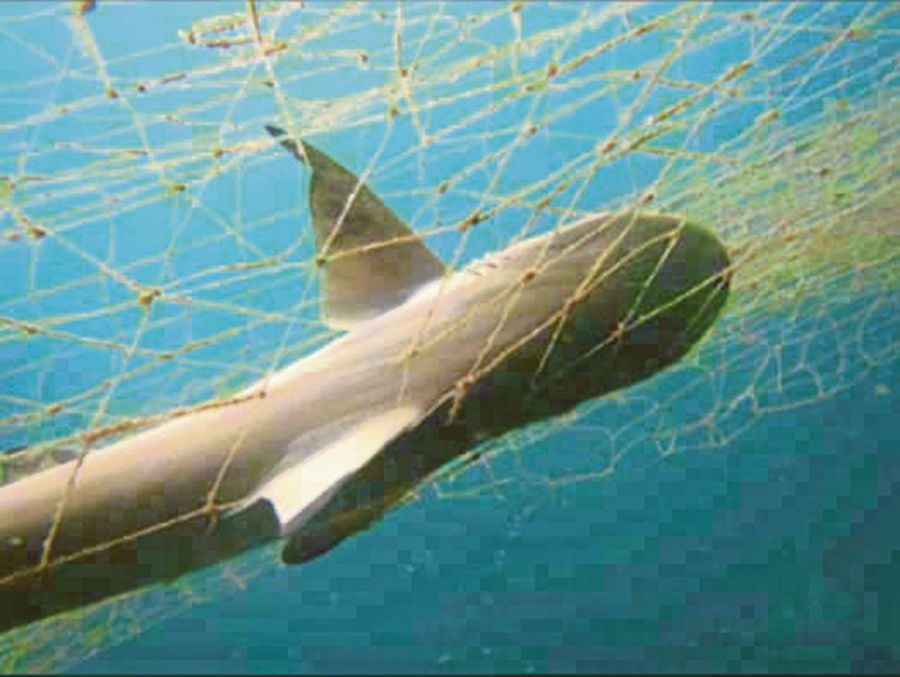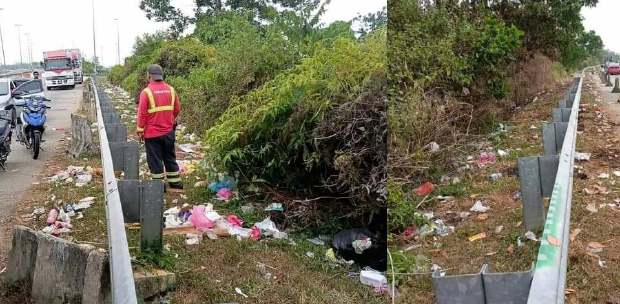THE documentary, Seaspiracy, claims commercial fishing's bycatch hauls (non-targeted or unintended species) are huge. You want to snare a bird, but you also get more than a handful of insects.
These hapless creatures are called trash fish (ikan baja). They are usually undersized and have little commercial value. But their ecological value is immense.
"The catch is closely associated with specific fishing gear that is considered non-selective, especially trawl nets. Trash fish can make up 30 to 50 per cent of total landings in some parts of Malaysia, so I would say this is a serious issue," says Dr Amy J. Then of University of Malaya.
Another group of bycatch species includes sea turtles, dolphins, dugongs, sharks and rays, she adds.
Marine Research Foundation's Dr Nicolas J. Pilcher is equally blunt.
"This is exactly the case in Malaysia. There are not enough measures to reduce bycatch.
"There are technologies and devices. But we are not using them. The only one being used now is the turtle excluder device. The Marine Research Foundation was instrumental in getting the device adopted. We worked together with the Fisheries Department on this.
"It saves turtles from shrimp floor fishing. It is required in four east coast states during the 'Pukat Tunda Musim Tengkujuh' period from November to February. But no other state is using it."
The trash fish is important, Pilcher says, as food for the commercial fish that we have not taken from the seas yet.
So, if there is less trash fish in the seas, can we expect our tenggiri to grow to maturity?
UM's Then points out that even a "few entanglements per year" can threaten populations (of marine megafauna) that are already low in numbers and are facing other anthropogenic threats.
FISH FARMS (AQUACULTURE)
CAN a human being weigh 1kg more after eating 1kg of meat?
That is essentially what Seaspiracy is saying about salmon raised in farms. You put in Xkg in feed. You get Ykg in weight.
The documentary states that up to 20kg of forage fish is needed to produce one kg of salmon. This claim has since been withdrawn.
Pilcher does not quite agree with the equation, too. But the executive director of the Marine Research Foundation in Kota Kinabalu is convinced commercial fishing takes out a tremendous amount from the marine ecosystem to make fish meal, fertiliser and pet food.
"The thing is, many think aquaculture is the solution to feeding people. But the amount of protein (fish meal) which is needed is a lot.
"There is a strong demand for low-quality marine life (trash fish) for this purpose. There's no disincentive to end bycatch."
According to Then, a senior lecturer in the Ecology and Biodiversity Programme at UM's Institute of Biological Sciences, feed is the most expensive component of fish farming.
Fish caught in the wild, she adds, is used to feed fish in coastal and marine farms in the country.
"If farms can conveniently obtain trash fish and keep costs down by processing fish-based feed (i.e. feed with high fish content), they will likely continue to use this method.
"As you might imagine, this is not a sustainable practice and it also constitutes wastefulness.
"The feed industry is pushing for the use of manufactured feed that has much lower fish content and incorporates common agricultural products such as soy and chicken feathers," she says.
This is something to think about the next time you sink your teeth into succulent fish that comes from a farm. How can you, the consumer, push fish producers to a more sustainable path?






